Last Updated on August 2, 2021
Ink & Pixel is a source of pride and joy for me as a writer and as such, I’m always striving to take this column further for those who read and enjoy it. If you yourself, or anyone you know, helped to make any of the amazing feature animated films found within this column, I would love to talk to you to further my knowledge. Please contact me at [email protected] so we can discuss it further.

Ladies and Gentlemen, I’d like to take this time to make you aware that this week’s Ink & Pixel is far grittier than what you’ve come to expect from this column. The animated film discussed here contains themes of extreme violence, mental illness, and even rape. If you are sensitive to these topics then I suggest you read on with caution. My goal this week is to expose you to a film that displays depth and breadth in the medium. Thank you.

I tend to think of animation as a type of weapon. As a medium, it allows writers, artists, and animators to merge their collective talents in a way that, with all hope, will entrance and entertain you. For just a moment, think of all the hours that these artists spend scripting, drawing, animating, and lighting their films, as time spent sharpening a unique sword. Would it not be a waste if that proverbial sword were unable to cut you, figuratively and in some cases, emotionally? Some films will obviously cut deeper than others, and Satoshi Kon’s PERFECT BLUE is a classic example of how, when an animated film wants to leave you feeling drained and violated … it can.

Released in July of 1997, PERFECT BLUE was directed by the late Satoshi Kon (MILLENNIUM ACTRESS, PARANOIA AGENT, PAPRIKA) using a screenplay penned by Sadayuki Murai (STEAMBOY, COWBOY BEEBOP). Based upon the novel of the same name written by Yoshikazu Takeuchi, PERFECT BLUE is a twisted psychological full-length animated thriller that is sure to unnerve you, and begs you to consider just how fragile our hearts and minds truly are.

Created by the artists of Madhouse Studios and distributed by Rex Entertainment, PERFECT BLUE tells the story of Mima Kirigoe – lead singer of the popular J-pop group “CHAM” – and her descent into madness, after a decision to join the film industry as an actress leads her down a dark and maddening path of disillusionment and broken dreams. As a young woman adored by many, Mima might have bitten off a bit more than she could chew when she agreed to a starring role in the upcoming direct-to-video crime drama series entitled Double Bind. Unfortunately for Mima, the part written for her aims to cast the virgin actress as a character that, during a pivotal scene in the show, is violently raped by a group of men. Needless to say, a lot of Mima’s fans are concerned for her, particularly about how the vile nature of this debut role will effect her household name. Some fans … have other concerns.

Watching obsessively from the shadows, is a hardcore Mima devotee by the name of “Me-Mania”. Me-Mania, disgusted by the thought of Mima having to lower herself to such depths in the name of the not-so-silver-screen, aims to rescue the unsoiled pop star by crafting a series of elaborate threats to Mima’s well being. As the trauma of these events burrow their way deep into Ms. Kirigoe’s already fragile state, the poor starlet becomes unhinged, and steadily begins to lose her grip on reality. The question is, who exactly is responsible for all that’s happening to Mima? Is it in fact Me-Mania pulling all the strings, or perhaps someone else entirely?

Pretty insane, huh? As a matter of fact, the production of PERFECT BLUE got off to a pretty rocky start. Originally planned as a live action venture, the film was later re-purposed to be an animated project after a brutal earthquake rattled Kobe, Japan. Officially, after conducting an extensive disaster study of the event, Eric Letvin of Nist.gov had this to report about the quake:
“The January 17, 1995 Hyogoken-Nanbu earthquake of magnitude 7.2 in JMA scale (Mw = 6.9), which struck Kobe, Japan and its surrounding area was the most severe earthquake to affect that region this century. The earthquake resulted in more than 6,000 deaths and over 30,000 injuries. Fires following the earthquake incinerated the equivalent of 70 U.S. city blocks. They together destroyed over 150,000 buildings and left about 300,000 people homeless. The economic loss as a result of this earthquake is estimated to reach $200 billion.”
Needless to say, parts of the studio in charge of the live action version of PERFECT BLUE were destroyed, along with any hopes of the film ever being completed in that particular format. It was then decided, after all the dust had settled, that whatever money remained available for the film would be better spent if the film were made using animation.

When watched, PERFECT BLUE is sure to leave one hell of an impression on anyone who has the stomach to make it all the way to its psychotic conclusion. The film not only preys upon the concepts of our obsession with celebrities, but also explores the effects of homicidal schizophrenia when under the duress of unspeakable personal trauma. It’s been hypothesized time and again by many doctors in the field of mental health that certain individuals, consequent to experiencing a traumatic event, can then undergo a very real disconnect with the world around them. Sadly, this suffering and victimization can result in the individual enduring permanent mental instability. Satoshi Kon’s PERFECT BLUE is notorious for having explored this concept in vivid detail and, to this day, the film is still looked upon as being something of a masterpiece.

In my estimation, PERFECT BLUE hits the high water mark on a multitude of levels. The film’s Disney-like art presentation lulls you into a false sense of security, until its cerebral, violent, and sexual themes demand that you consider it otherwise. In a way, the film lies to you about itself right from the start. Additionally, Kon leaves his audience members questioning the reality of the film’s events, thereby pulling each of us in dangerously close to the wavering stability of Mima’s decaying welfare. It’s not the type of experience one would often expect to get out of an animated feature, but here we are. I highly recommend it.



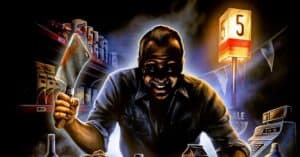







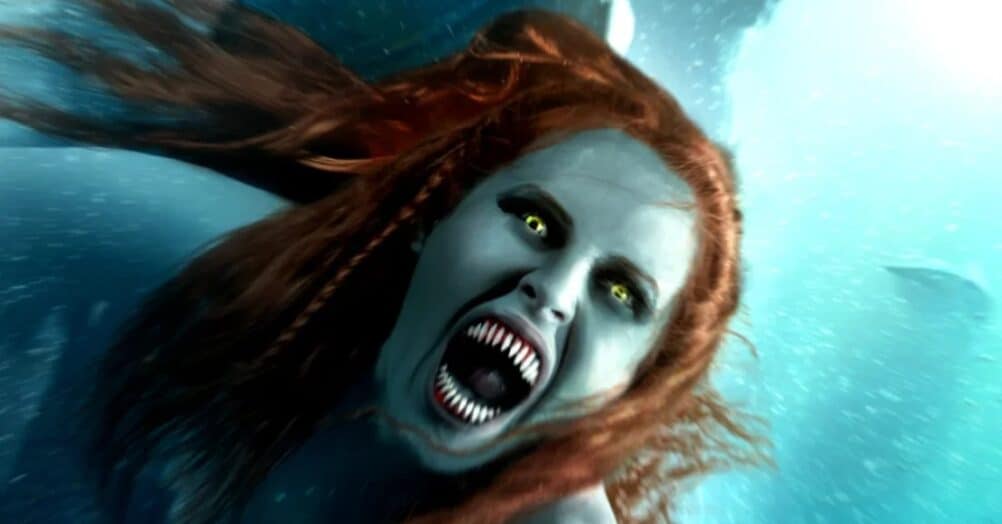
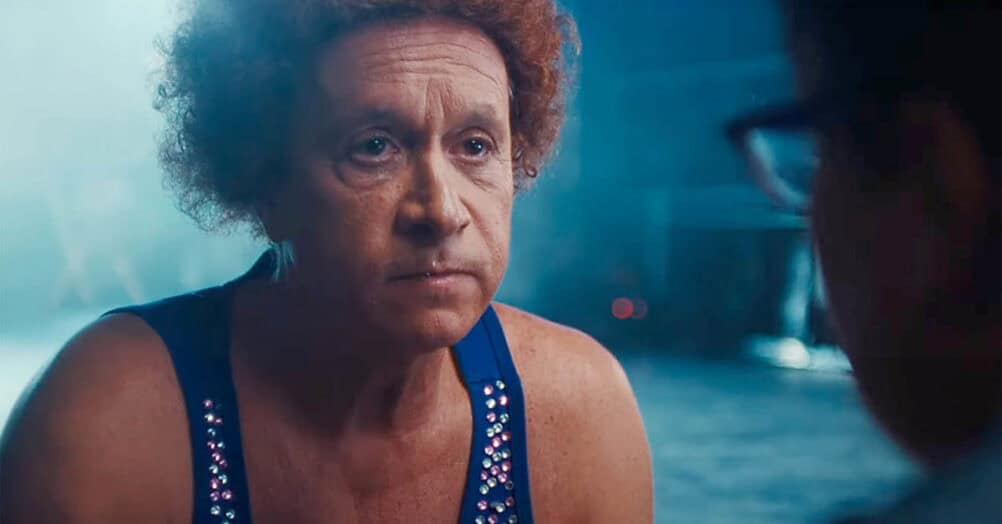
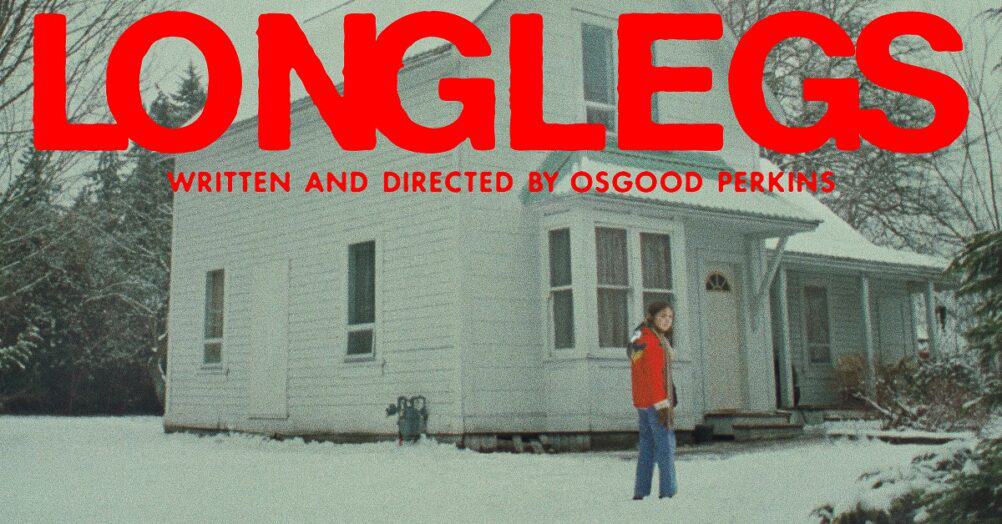
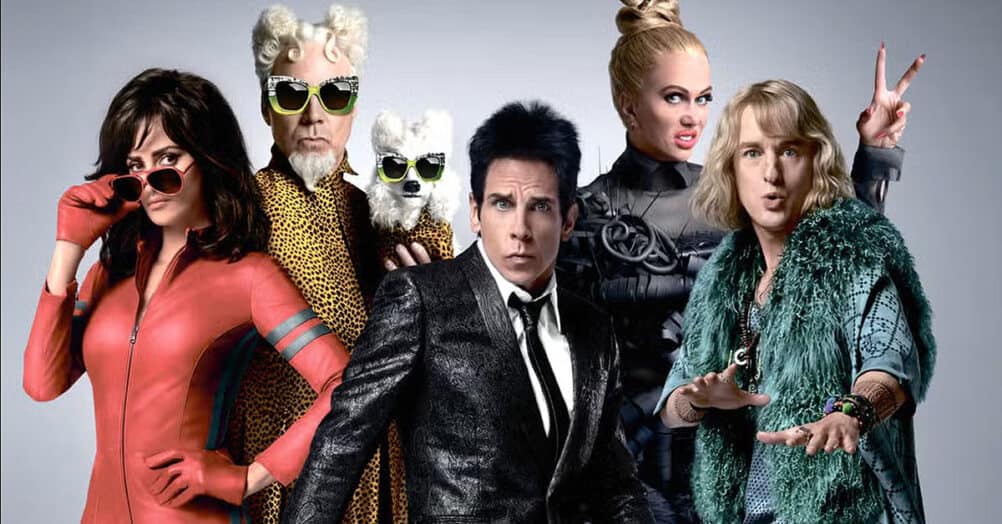


Follow the JOBLO MOVIE NETWORK
Follow us on YOUTUBE
Follow ARROW IN THE HEAD
Follow AITH on YOUTUBE